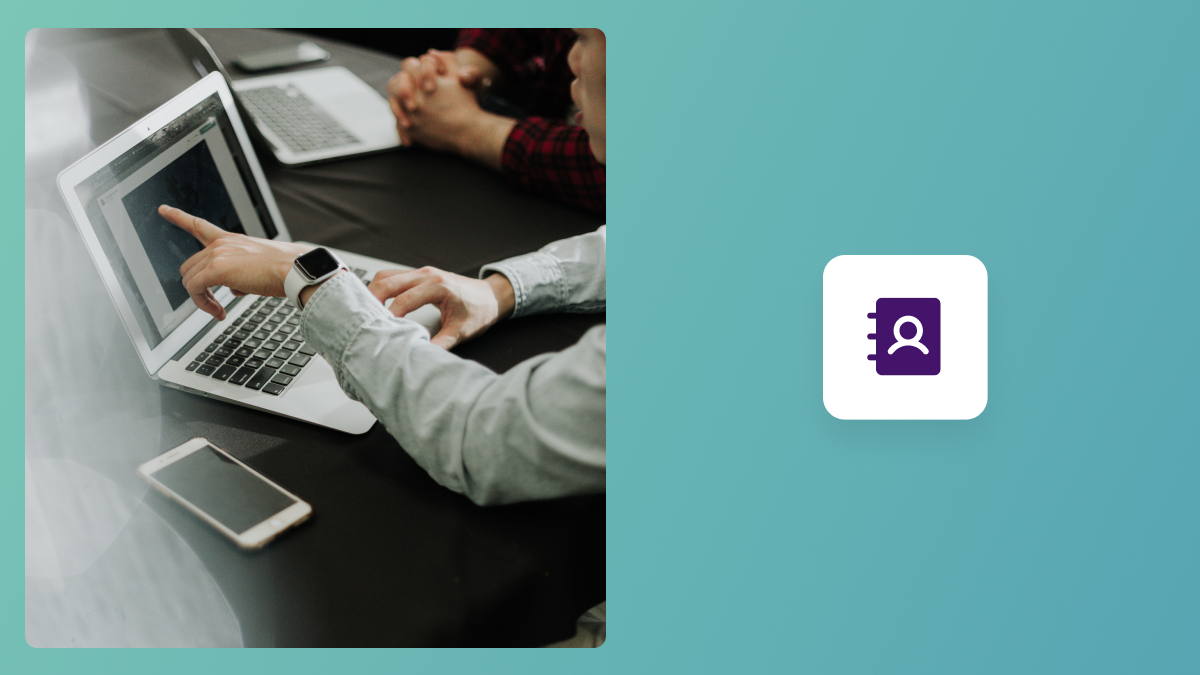Explore how AI tools are streamlining every stage of the employee journey — from sourcing and screening candidates to onboarding, engagement, and performance management.

Artificial intelligence is redefining how organizations attract, engage, and retain their people. From candidate sourcing and onboarding to performance management and professional development, AI-powered HR tools are helping teams make faster, more informed, and more human decisions.
In this guide, we’ll explore how AI is transforming every stage of the employee lifecycle, the benefits it brings to HR teams, and how businesses can adopt these technologies responsibly to create better, more inclusive workplaces.
AI is no longer a futuristic concept—it’s a practical tool that helps HR teams save time, reduce bias, and improve employee experiences. When applied thoughtfully, AI empowers people leaders to focus less on administration and more on strategy, culture, and connection.
Here are some of the biggest benefits:
Improved Efficiency: Automating repetitive HR tasks—like resume screening or scheduling interviews—frees up time for more meaningful human interaction.
Data-Driven Decisions: AI analyzes patterns across hiring, performance, and engagement data to reveal insights humans might miss.
Enhanced Employee Experience: Personalized recommendations, chatbots, and predictive insights help employees feel seen, supported, and engaged.
Reduced Bias: When properly designed, AI can help minimize unconscious bias by standardizing decision criteria and surfacing diverse talent.
Proactive Retention: Predictive analytics identify early signs of disengagement, allowing HR teams to intervene before employees leave.
AI-powered recruiting tools can scan thousands of resumes in seconds, matching candidates based on skills, experience, and even potential rather than keywords alone.
Platforms like HireVue, Eightfold.ai, and HiredScore use machine learning to identify strong candidates and predict job fit. Natural language processing can analyze job descriptions for biased language, while automated chatbots manage initial candidate communication and scheduling.
Result: Faster hiring cycles, more equitable screening, and higher-quality candidate pipelines.
Once hired, AI helps new employees transition smoothly into their roles. Personalized onboarding journeys—guided by tools like Docebo or LearnUpon—recommend content, connect new hires with relevant peers, and track progress automatically.
AI can also tailor learning experiences by identifying skill gaps and suggesting relevant courses or mentorship opportunities. Over time, these insights help HR teams build stronger development pathways for every employee.
Result: Faster ramp-up times, better knowledge retention, and a sense of belonging from day one.
Traditional performance reviews often rely on subjective impressions. AI-driven performance tools like Lattice, Culture Amp, and 15Five analyze real-time feedback, goal progression, and engagement data to create a more balanced, data-informed view of employee performance.
Some platforms even provide managers with coaching prompts or automated summaries to guide fairer, more actionable review conversations.
Result: Objective insights that help both employees and managers focus on growth rather than evaluation.
AI can analyze employee sentiment through surveys, internal messages, and collaboration platforms to uncover patterns in engagement or morale. For instance, sentiment analysis tools can identify when teams are under stress or communication breaks down—often before problems become visible.
AI chatbots like Leena AI or Moveworks also make HR more accessible, allowing employees to ask questions, request time off, or find policy information instantly.
Result: More responsive, empathetic HR support and higher overall engagement.
Predictive analytics help HR leaders spot turnover risks early by combining data on engagement, performance, and workload. Tools like Visier or Workday People Analytics can forecast attrition trends and suggest interventions, from workload adjustments to targeted development programs.
AI also assists in succession planning by identifying employees ready for promotion and recommending upskilling paths.
Result: Reduced turnover, stronger leadership pipelines, and better long-term workforce stability.
Adopting AI in HR requires thoughtful planning to ensure it complements—not replaces—the human touch.
Even the most advanced AI won’t succeed without strategy and oversight. Avoid these pitfalls:
AI is transforming the employee lifecycle—from recruitment to retention—by making HR smarter, faster, and more human. When implemented thoughtfully, AI doesn’t replace people; it empowers them. It helps HR teams make better decisions, personalize employee experiences, and create workplaces that are fair, engaging, and adaptive.
By combining the analytical power of AI with the empathy and insight of human leadership, organizations can unlock a new era of performance, satisfaction, and growth.